The world of avian life is brimming with fascinating creatures, and among the most delightful is the fantail. These small, agile birds are renowned for their constant movement, charming personalities, and distinctive fan‑shaped tails. This guide delves into the captivating world of fantails, exploring their biology, behavior, ecological role, and interactions with both humans and the environment.
What is a Fantail?
Fantails belong to the genus Rhipidura, comprising a diverse group of around 50 species found across Australia, New Zealand, Southeast Asia, and the Pacific Islands. While variations exist between species, they share core characteristics. Typically, fantails are small passerine birds, ranging from 15 to 25 centimeters in length. Their plumage is generally a mix of grey, brown, and white, providing excellent camouflage within their forested habitats. But it is, of course, the tail that gives them their name. This tail isn’t just for show; it is a crucial tool for maneuvering through dense foliage.
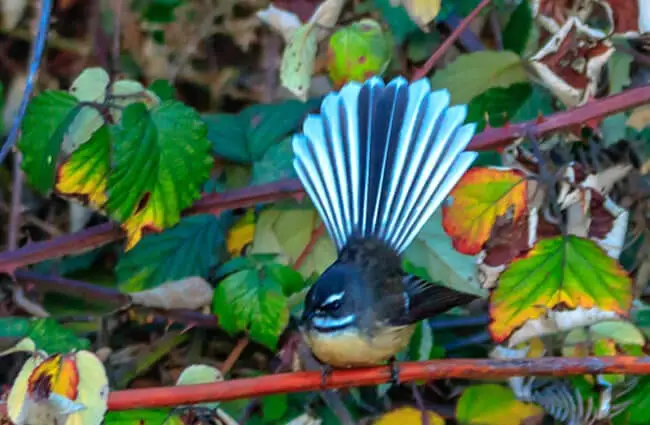
Species Spotlight
Several fantail species are particularly well known. The New Zealand fantail (Rhipidura fuliginosa) is perhaps the most iconic, famed for its inquisitive nature and habit of following people. The White‑throated Fantail (Rhipidura albicollis) is another popular species, found throughout eastern and southeastern Australia. Each species exhibits subtle differences in plumage, size, and behavior, adapted to their specific environments.
Habitat and Distribution
Fantails are predominantly forest dwellers. They thrive in a variety of forest types, including rainforests, eucalyptus forests, and secondary growth areas. They prefer habitats with dense undergrowth, providing ample opportunities for foraging and nesting. Their distribution is largely dictated by the availability of suitable forest cover. While most species have relatively localized ranges, some are more widespread, such as the White‑throated Fantail which can be found across a significant portion of Australia.
Diet and Foraging Behavior
Fantails are insectivores, meaning their diet consists primarily of insects and other invertebrates. They are aerial foragers, skillfully snatching insects mid‑flight. Their agility and precise maneuvering allow them to capture prey in even the most challenging environments. They also glean insects from leaves, branches, and tree trunks. The diet can vary slightly depending on the season and the availability of different insect species.
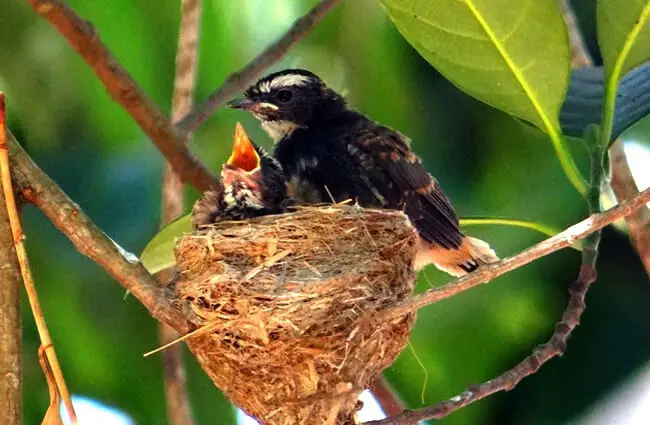
Breeding and Reproduction
Fantails typically breed during the warmer months, from spring to summer. They build small, cup‑shaped nests, usually located in the fork of a tree branch or within dense vegetation. Nests are constructed from twigs, grasses, and other plant materials, and are often camouflaged with lichen and moss. The female typically lays 3–5 eggs, which she incubates for around two weeks. Both parents participate in feeding the chicks, providing them with a diet of insects and other invertebrates. Young fantails fledge from the nest after about three weeks, but continue to be fed by their parents for several weeks afterwards.
Fantail Behavior and Communication
Fantails are known for their energetic and inquisitive behavior. They are constantly flitting about, exploring their surroundings and investigating anything that catches their attention. They are often seen following people as they walk through the forest, seemingly curious about their activities. Communication is primarily through vocalizations. Fantails produce a variety of calls and songs, used for attracting mates, defending territory, and alerting others to danger. They also use visual displays, such as tail fanning and wing flashing, to communicate with each other.
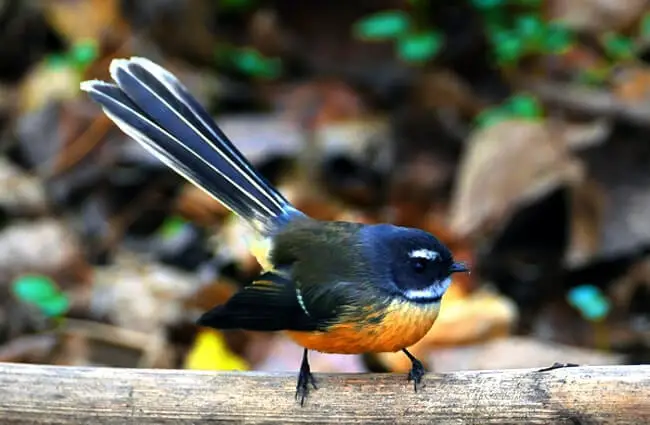
A Unique Following Behavior
The New Zealand fantail exhibits a particularly fascinating behavior. They are known to follow people as they move through the forest, flitting around them and even landing on their shoulders or heads. This behavior is thought to be related to the fantails’ foraging strategy. By following people, they can flush out insects that would otherwise be hidden in the vegetation.
Ecological Role and Interactions
Fantails play an important role in their ecosystems. As insectivores, they help to control insect populations. They also contribute to pollination by visiting flowers while foraging for insects. They interact with a variety of other animals, including other bird species, mammals, and reptiles. They can sometimes be preyed upon by larger birds of prey or mammals, but they are generally quite agile and able to escape from predators.
Fantails and Humans
Fantails have a long history of interaction with humans. In some cultures, they are considered symbols of good luck and are revered for their beauty and charm. They are also popular subjects for birdwatchers and photographers. However, fantail populations can be threatened by habitat loss, predation by introduced species, and climate change. Conservation efforts are essential to ensure the survival of these delightful birds.
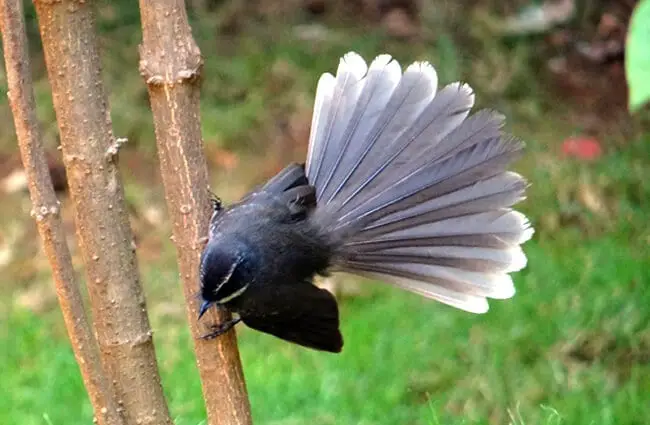
Finding Fantails in the Wild
If you’re hoping to spot a fantail in the wild, the best places to look are in forested areas with dense undergrowth. They are most active during the day, especially in the early morning and late afternoon. Listen for their distinctive calls and watch for their characteristic flitting movements. Be patient and quiet, and you are likely to be rewarded with a sighting of these enchanting birds.
Advanced Fantail Knowledge
Evolutionary History
The evolutionary origins of fantails can be traced back to the Australasian region. Phylogenetic studies suggest that the genus Rhipidura diverged from other passerine lineages several million years ago. The subsequent diversification of fantail species was likely driven by geographic isolation and adaptation to different environments.

Captive Care Considerations
For zookeepers or aviculturists caring for fantails, providing a spacious aviary with plenty of foliage is crucial. Their diet should consist of a variety of insects, supplemented with fruit and seeds. Regular enrichment activities, such as introducing new foraging opportunities, can help to stimulate their natural behaviors. It is important to avoid overcrowding and to provide a quiet, stress‑free environment.
Fantails are truly remarkable birds, captivating observers with their playful nature and stunning aerial displays. Their ecological importance and cultural significance highlight the need for continued conservation efforts to ensure these delightful creatures thrive for generations to come.

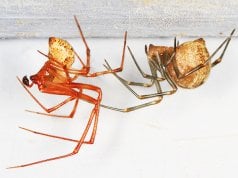
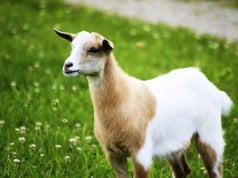
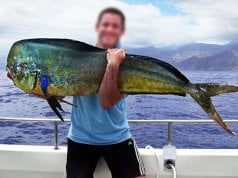

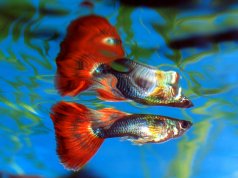
![Red Angus Closeup of a beautiful Red Angus cowPhoto by: U.S. Department of Agriculture [pubic domain]https://creativecommons.org/licenses/by/2.0/](https://animals.net/wp-content/uploads/2020/03/Red-Angus-4-100x75.jpg)

